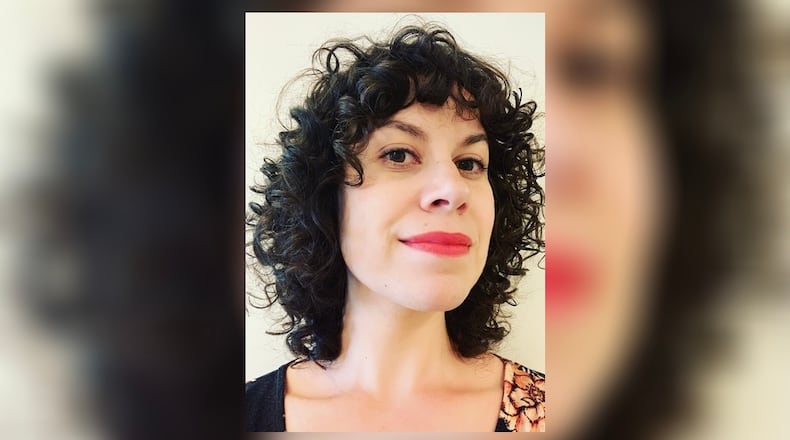This may come as a surprise if you know me. My life pretty much revolves around my kids. What I do love is observing my children at play. Better yet, having their play as background music while I sip coffee and work at my desk or easel. That’s about my favorite thing in the world.
When it comes to play, I prefer the role of observer. Since they were toddlers at the playground, I was on the sidelines, trying my best not to helicopter parent. On early playdates, I noticed that during lulls, the host parent would pull out toy after toy. Everyone was flustered. “Just let them play!” I wanted to blurt out. I’d leave their home grateful for the company, but exhausted.
From those experiences, and from my art background and love of materials, I decided to take some intentional steps for more independent, creative play at home. I didn’t realize at the time that there is a whole pedagogy around this, in the Reggio Emilia approach to early childhood education, for example. What it can look like is deeply engaged, enduring play with unexpected materials as playthings.
Most important is learning to distinguish between closed and open-ended toys. A closed toy is one with a single purpose, like a plastic suitcase that lights up. These are usually marketed as educational toys and provide instant gratification. They are mass produced, expensive, and don’t hold interest for long, becoming relegated to the landfill. An open-ended toy (or “material”) is one that sparks a child’s imagination and endless play scenarios. It prompts imaginative play and storytelling. Some examples: rocks, sticks, magnetic tiles, wooden building blocks, fabric. These materials can be natural or manufactured. Many are inexpensive if not free, or may be scored second-hand. They can be combined, stacked, and rearranged to be used in different ways for years. They are known in Reggio-inspired programs as “loose parts,” a term coined by an architect in the 70′s.
I’m not totalitarian when it comes to play. Don’t tear away your child’s beloved Paw Patrol figure for my sake. Commercial toys, when combined with open ended materials, suddenly gain new worth. A toy car zooms down a rollercoaster constructed of blocks and meets up with a plastic dino inhabiting a castle of stacked rocks. The moat is a swirl of fabric. Suddenly the fabric is an ocean. The sticks are surfers riding the waves.
You don’t need a fancy setup or dedicated playroom. You could literally have a bowl of materials. You can source from the park, dollar store, or grandma’s button collection. When it comes to play, it shouldn’t matter how much money you have or where you live. Everyone has the right to imagine.
Not every child has the same personality or needs. That being said, I introduced this setup to my kids at a very young age, and they built up their stamina. I chose materials that were age appropriate and made them accessible. Now my kids are 6 and 9 and when the mood strikes, they still lie on the rug telling their play stories for extended amounts of time. Just as children are natural artists, they don’t need to be told how to play. They need to be given the right tools and mindset. I believe this type of play builds creative thinking skills and confidence, and that this approach belongs in schools as well, and not just early childhood. I believe it because I see it. I sneak loose parts into my art classes for all ages. Open ended materials fill centers in my classroom. With some prompting, older kids who have never engaged this way with materials catch on quickly. I observe children problem solving with materials and in turn engaging in communication, collaboration, literacy, construction and design.
A recent study published in the APA criticized early preschool programs as having a counterintuitive effect on low income children. It claimed the behavioral expectations in the academic environment pushed on these kids at a young age set them up for later disobedience. The takeaway was that perhaps these children would be better off if allowed to just play and start school later. This assumes that all families are in a position to not have to work outside the home, that they aren’t in need of meals at school, socialization, and so on.
Well, can’t we have both? Can’t we bring more play into the classroom?
At the end of the day, this approach has not just fostered creativity in our home, but has nourished my career and helped save me from the doldrums of parenting. It’s been a win-win. Side note, after years of running from it, COVID finally caught up with my family this month. We were all vaccinated and had mild cases, but I was hit the hardest. What saved me from all that time stuck home with my kids? Let’s just say I have written this entire essay while they built a school made of Magnatiles for their dinosaurs. Play saves the day.
Hannah Kasper Levinson holds a BFA in Painting from Tyler School of Art in Philadelphia and an MFA from Glasgow School of Art in Scotland. She teaches K-6 art in Dayton.
About the Author
